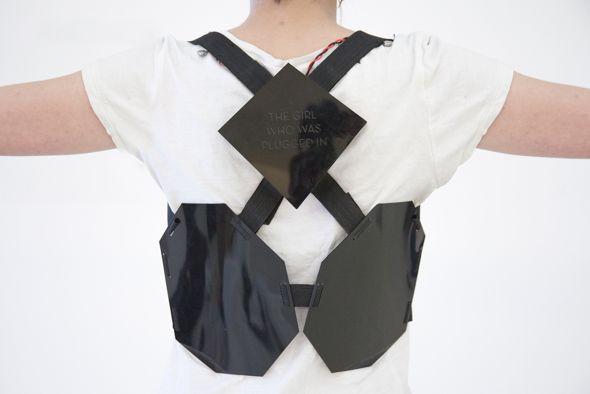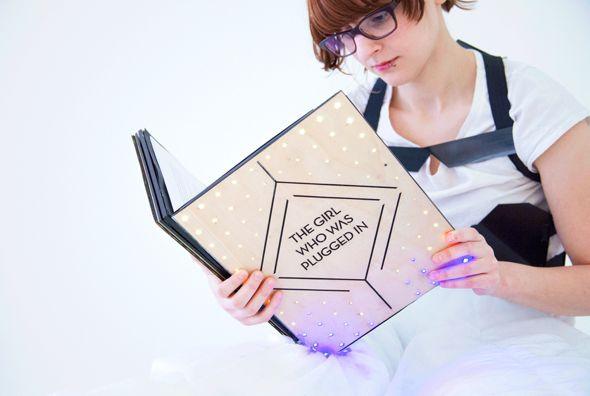When e-readers first emerged, making it unnecessary to print words on felled trees, the devices sought to soothe those who had grown accustomed to the communion between man and book largely by mimicking the familiar experience of turning pages filled with blocks of text. The only things missing were the tactile and olfactory qualities of paper.
Now, many readers believe that reading a book on a screen doesn’t fundamentally change the act of reading. But a couple of recent innovations seem determined to redesign this quiet, unitasking activity into a multisensory experience.
The recently launched Booktrack is a service that allows authors to add a synchronized soundtrack to e-books and other digital content. The idea is to turn reading into an “immersive, movie-like experience.” On the company’s website, the founders claim that “Booktrack will change the way people read, write, and publish their stories.”
Setting music to narrative is a familiar trick of This American Life–style radio storytelling, but it seems odd to ask authors to add “sound designer” to their job descriptions. Do books, like movies, really need a predetermined soundtrack to manipulate emotions and set the mood?

Courtesy of MIT Media Lab via Flickr
Researchers at the MIT Media Lab have introduced a concept for an even more elaborate digitally augmented reading experience, geared toward science fiction.
They call it Sensory Fiction. It’s “about new ways of experiencing and creating stories,” Felix Heibeck, Alexis Hope, and Julie Legault write on their project website. “Traditionally, fiction creates and induces emotions and empathy through words and images. By using a combination of networked sensors and actuators, the Sensory Fiction author is provided with new means of conveying plot, mood, and emotion while still allowing space for the reader’s imagination. These tools can be wielded to create an immersive storytelling experience tailored to the reader.”
Using The Girl Who Was Plugged In by James Tiptree as a prototype story, they developed an animated book embedded with vibration capabilities and programmable LEDs “to create ambient light based on changing setting and mood.” Readers would strap into a wearable tech apparatus “to experience the protagonist’s physiological emotions,” the researchers write. A change “in the protagonist’s emotional or physical state triggers discrete feedback in the wearable, whether by changing the heartbeat rate, creating constriction through air pressure bags, or causing localized temperature fluctuations.”
If Booktrack wants to make reading more cinematic (its creators claim that it is “transforming reading the way sound transformed silent film”), Sensory Fiction seems to want to commandeer all our senses in order to inject virtual thrills into what has long been a low-tech, free-associative activity.
Will these tech-based redesigns of the reading experience make old-fashioned silent reading seem outdated and quaint? Or will they remain one-off experiments like the occasional scented theater performance or multisensory fireworks show? Or will they join the ranks of iSmell—that ill-fated attempt to perfume the experience of surfing the internet—or the long-running joke that is Smell-O-Vision?
